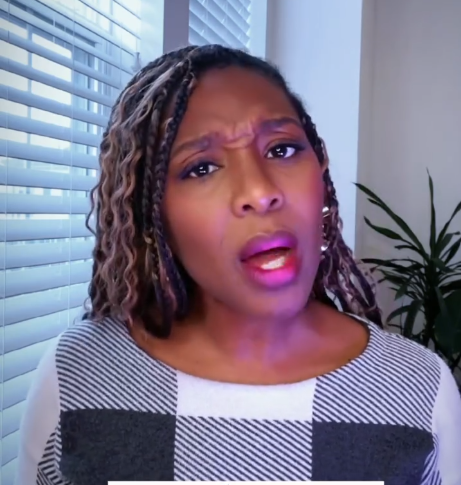Tiye Chambers recently broke down a concept affecting countless people in silence: FOG — Fear, Obligation, and Guilt.
https://www.instagram.com/reel/DK7oke4o89s/?utm_source=ig_web_copy_linkIn a viral video first posted on Instagram offers insight into why so many people feel paralyzed when it comes to protecting their peace and setting boundaries.
Chambers’ message is clear: “The way out is THROUGH — it’s okay to feel the FOG and move forward anyway. Especially if it’s something you know you need to do.”
Chambers describes herself on Instagram as a Boundary Strategist and “Empath’s Voice of Reason.”

What Is FOG?
In the emotionally resonant video, Chambers describes common scenarios where people feel stuck: knowing they need to block someone, leave a toxic environment, or take back something that is rightfully theirs, yet hesitating because they don’t want to hurt someone else’s feelings or feel guilty.
“Somewhere along the line, someone or something convinced you that holding boundaries wasn’t kind,” she explains in the video. “That looking after yourself was selfish.”
She describes how this internal conflict stems from deep conditioning, where fear of conflict, obligation to maintain harmony, and guilt over prioritizing oneself override logical self-protection. This emotional entrapment, she explains, keeps many people trapped in cycles of self-betrayal.
The Solution? Move Through the FOG
Instead of pretending those emotions don’t exist, Chambers encourages people to acknowledge them:
“There’s nothing wrong with feeling fear, guilt, or obligation. Your feelings don’t define who you are—they reflect what you’re experiencing. And they’re valid.”
But the key, she explains, is to take action anyway.
“FOG was created to keep you stuck. You break free by feeling the FOG and walking through it anyway.”
The Real-Life Example: A Mother’s Hesitation
In the video’s later moments, Chambers shows a clip that appears to depict a mother being intimidated by her own child during a disagreement.
Though Chambers notes it’s unclear whether the clip is staged, she uses it to highlight how FOG can show up in parenting, particularly when a parent has been conditioned not to hold boundaries due to fear of a child’s reaction.
“This is FOG,” she says. “Specifically, the fear, obligation, and guilt. And whether or not this is staged, it shows a mother who has likely been conditioned not to set boundaries because she’s afraid of his reaction.”
Chambers concludes by encouraging followers to explore her Boundary Up subscription platform, where she offers tools and resources to navigate these internal battles and make self-respecting choices.
